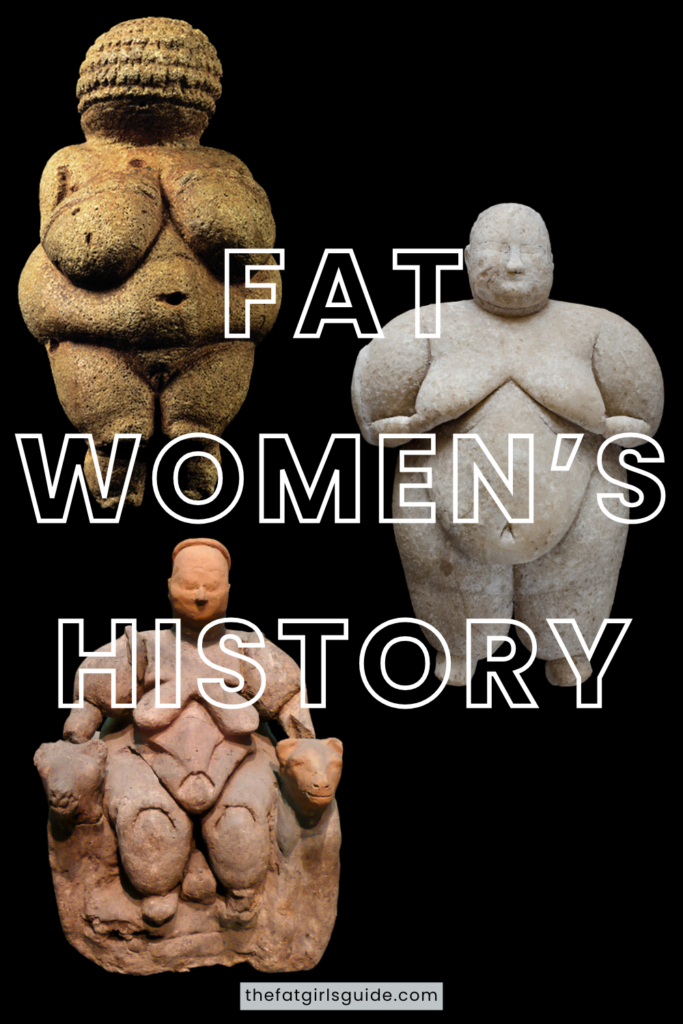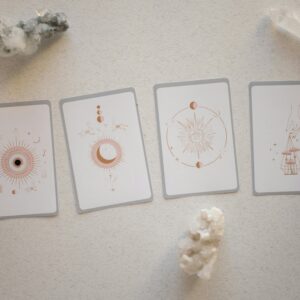Happy Women’s History Month! We love sharing fat women’s history and reminding women of their beauty and reverence. So sharing these fabulous fat artifacts with you is one of my favorite things to do! If you love history and art as much as I do, get ready because Fat History Class is in session!
Venus of Willendorf
The ancient artifact known as Venus of Willendorf is one of the oldest and most famous surviving works of art in the world. She has been considered a fertility figure, a good-luck token, a mother goddess symbol, and an aphrodisiac for the men. But we will never truly know what she represented.
This 4.4 inch figurine is estimated to have been carved around 25,000 years ago from an ooliticlimestone. The portability and the material that Venus of Willendorf was carved from indicates that she was made elsewhere and carried to Willendorf.
The Venus of Willendorf was found on August 7, 1908, by a workman named Johann Veran during excavations at a Paleolithic site near Willendorf, Austria. The figurine is now in the Naturhistorisches Museum in Vienna, Austria.
The Seated Woman of Çatalhöyük
The Seated Woman of Çatalhöyük is a baked-clay, nude female form, seated on a feline-headed throne. It’s believed to show a fertile Mother Goddess in the process of giving birth. When it was found, its head and hand rest on the right side were missing. The current head and the hand rest are replacements.
This neolithic sculpture was unearthed by archaeologist James Mellaart in 1961 at Çatalhöyük, Turkey. The sculpture is at the Museum of Anatolian Civilizations in Ankara, Turkey.
Elder Woman of Çatalhöyük
This statue doesn’t have an official name, but it is unlike the famous mother goddess or fertility goddess figurines of the time. It is thought to depict an elder woman who had risen to prominence in the egalitarian Çatalhöyük society.
A team led by Stanford archaeologist Ian Hodder unearthed this rare fat female figurine at the same neolithic site in Turkey as “The Seated Woman” above. Unlike previously discovered pieces that are sculpted from clay, this figurine is carved from recrystallized limestone.
The ‘Court Fat Lady’
The Tang Dynasty preferred more buxom figures thanks to Yang Guifei, the consort (partner) of Emperor Xuanzong. This famous court lady set the trend and fat women of the high court were celebrated in art and poetry.
Were you familiar with any of these historical fatties before this post? Let us know in the comments.






Don’t forget Adephagia, Greek and Roman Goddess of Gluttony, meanwhile in Malta…https://archaeotravel.eu/sleeping-beauty-of-the-underworld/